Brands
Xiaomi SU7; Xiaomi’s First Electric Car features, Specs, Release date and Price.

The Xiaomi SU7 (Chinese: 小米SU7) is a battery electric full-size sedan developed by Chinese consumer electronics company Xiaomi, making it the first Xiaomi electric car the company popularly known with smart phone manufacture would bring to the market. It is manufactured under contract by BAIC Off-road. Xiaomi SU7 release date is stated with customer deliveries for the Chinese market planned for February 2024, it was announced in December 2023.
Xiaomi on 28th December detailed plans to enter China’s oversaturated electric vehicle market and compete with automaker giants Tesla and Porsche with the car model it says it spent more than 10 billion yuan ($1.4 billion) to develop.
The SU7 is available in two versions, namely SU7 and SU7 Max. According to Xiaomi, ‘SU’ stands for ‘Super Ultra’, and the number 7 indicates the car’s market segment.
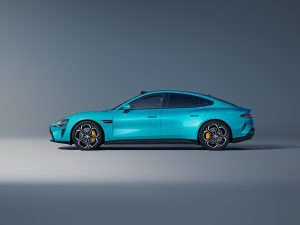
Xiaomi SU7 side view
CEO Lei Jun said in a Tuesday post on the X social media platform, formerly known as Twitter. “The price has not been finalized yet.” Pronounced “Sue Qi” in Mandarin, Lei said during a three-hour presentation during the unveiling that the Xiaomi SU7 beats Porsche’s Taycan and Tesla’s Model S on acceleration and other metrics.
Xiaomi SU7 Electric Car Features and Specs
Xiaomi SU7 Features
 Xiaomi SU7 |
|
| Overview | |
| Manufacturer | Xiaomi Auto |
| Model code | MS11 |
| Production | December 2023 – present |
| Model years | 2024 |
| Assembly | China: Beijing (BAIC Off-road Vehicle Co.) |
| Designer | Li Tianyuan (chief designer) |
| Body and chassis | |
| Class | Full-size car |
| Body style | 4-door sedan |
| Layout |
|
| Platform | Modena |
| Powertrain | |
| Electric motor | TZ220XS000 permanent magnet synchronous |
| Power output |
|
| Battery |
|
| Range |
|
| Dimensions | |
| Wheelbase | 3,000 mm (118.1 in) |
| Length | 4,997 mm (196.7 in) |
| Width | 1,963 mm (77.3 in) |
| Height | 1,455 mm (57.3 in) |
| Kerb weight | 1,980–2,205 kg (4,365–4,861 lb) |
The company claims the drag coefficient of the SU7 is the world’s lowest at 0.195.
The SU7 is built on an 800-volt electrical architecture with a maximum of 871 volts. The company markets the electric motors used by the SU7 as the “HyperEngine V6 Series”.

Xiaomi E-Engines line up with HyperEngine V6 Series.
The base SU7 with rear-wheel drive operates with 400 volts with a power rating of 220 kW (295 hp; 299 PS) and 400 N⋅m (40.8 kg⋅m; 295 lb⋅ft). The all-wheel drive SU7 Max operates at 800 volts and provides a total of 495 kW (664 hp; 673 PS) and 500 N⋅m (51.0 kg⋅m; 369 lb⋅ft).
The SU7 goes from 0-60 in 5.3 seconds. The SU7 Max goes from 0-60 in 2.78 seconds.
Speed is limited to 210 km/h (130 mph) for the base model, and 265 km/h (165 mph) for the SU7 Max.
The SU7 Max uses a 101 kWh NMC battery produced by CATL and branded as Qilin mounted in a cell-to-body format. The base, rear-wheel drive SU7 uses a smaller 73.6 kW LFP battery.
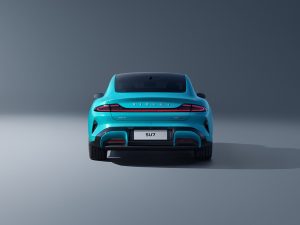
Xiaomi SU7 Rear view
Xiaomi SU7 Electric Car Range.
SU7 boasts 800 kilometers (500 miles) of range, Xiaomi said The Porsche Taycan has about 246 miles of range, while the Tesla Model S has the highest battery range in CEO Elon Musk‘s lineup, with 405 mile.
Xiaomi SU7 Price
Xiaomi gave the SU7 its debut at a December 28 tech event, but didn’t reveal any pricing information. Those expecting Xiaomi’s first electric vehicle (EV) model, the SU7, to be cheap may be disappointed.
The top-trim version of the Xiaomi SU7 has a vehicle price of RMB 361,400 ($50,350) for insurance purchase, local media outlet Jiemian said in a report today, citing an unnamed source from a major insurance company.
That means the Xiaomi SU7 will likely start at between RMB 250,000 and RMB 370,000, Jiemian’s report said, citing market speculation.
Wang Hua, general manager of Xiaomi’s public relations department, later mentioned on Weibo that some internal vehicles are starting to be licensed, but didn’t directly deny the circulating speculation.
This is to test all the processes of sales, delivery, and service, and buying insurance is part of the process, Wang said.
Xiaomi SU7 Electric Car History and Development
On March 30, 2021, Lei Jun announced that Xiaomi Group would establish a wholly-owned subsidiary dedicated to the intelligent electric vehicle (EV) business. The initial investment for this venture was set at 10 billion Chinese Yuan, with an expected total investment of 10 billion US Dollars over the next 10 years. Lei Jun, the CEO of the group, would also serve as the CEO of the intelligent electric vehicle business.
Xiaomi Automobile was established in 2021, based in the Beijing Economic and Technological Development Zone. Xiaomi received permit to produce vehicles from China’s National Development and Reform Commission in August 2023
The company plans to build a two-phase vehicle factory with a cumulative annual production capacity of 300,000 vehicles. The production capacities for the first and second phases are 150,000 vehicles each. The first Xiaomi electric car is scheduled to roll off the production line in the Beijing Economic and Technological Development Zone in 2024, marking the commencement of mass production.
In March 2022, Xiaomi Group released its annual performance report for 2021. The report revealed that Xiaomi’s intelligent electric vehicle business had progressed beyond expectations since announcing the car manufacturing plan in March 2021. As of now, the research and development team for the automotive business has grown to exceed 1,000 people, and it is anticipated that formal mass production will commence in the first half of 2024.
The SU7 was developed under codename MS11. Production started in December 2023. It was introduced on 28 December 2023.
Xiaomi Electric Car Design
The design team was led by chief designer Li Tianyuan, who was poached from BMW. According to Lei Jun, he rejected three design proposals due to durability concerns. Xiaomi benchmarked the car against the Porsche Taycan and Tesla Model S.
The sedan is built on the Modena platform equipped with air suspension with adaptive dampers, an active shutter grille and an active rear wing with four adjustment levels.

Xiaomi SU7 Modena platform
A driver-assistance system branded Xiaomi Pilot with 16 functions is standard. It uses two Nvidia Drive Orin system SoCs. The vehicle features every relevant technologies in the EV and modern car trend.
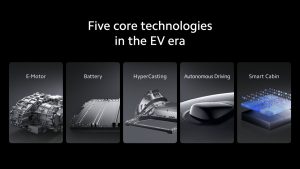
Xiaomi SU7 five core technologies in the EV era
Xiaomi SU7 Electric Car Interior
The SU7 is equipped with a 16.1-inch touchscreen infotainment center with 3K resolution. The infotainment system is powered by a Qualcomm Snapdragon 8295 system-on-chip (SoC) and based on the HyperOS software. Lei said the vehicle will also be compatible with Apple’s iPhone, iPad, CarPlay and AirPlay.
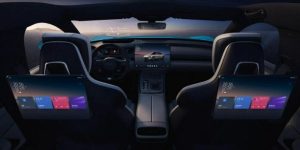
Xiaomi SU7 Interior
Xiaomi SU7 EV finds smart solution to touchscreen-vs-button debate
While some drivers have become fans of sleek and fully screen-based dashboards, others yearn for the tactile feel and simplicity of physical buttons. Xiaomi’s CEO, Lei Jun, understands this divide. During the initial presentation for the SU7, he unveiled a clever solution in the form of a magnetically attached “docking unit.” This features a set of piano-style keys and a volume knob that snaps directly onto the bottom edge of the center screen, instantly transforming the interface with familiar controls.
While the SU7 will ship with a standard, clean touchscreen layout, it gives drivers the option to augment their experience with old-school controls. This is especially interesting given the Chinese market’s general preference for screen-dominated dashboards.
Xiaomi’s modular touchscreen concept and the availability of add-ons have the potential to disrupt the EV market. Not only does it offer the best of both worlds when it comes to controls, but the possibility of future docking units with expanded functionality is undeniably exciting. It’s a solution so elegant, it begs the question of why other manufacturers haven’t thought of it sooner.
Perhaps the most appealing aspect of Xiaomi’s approach is its commitment to choice and addressing a long-standing pain point of the touchscreen-focused approach. It’s a win-win for both the early adopters smitten with futuristic tech and the old souls who miss the satisfying click of a physical button.


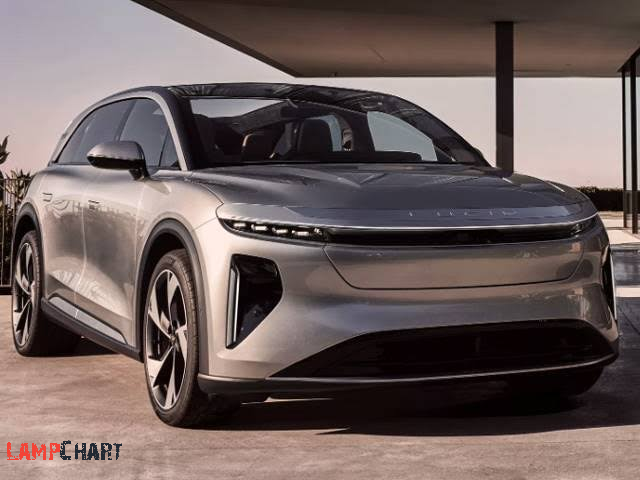


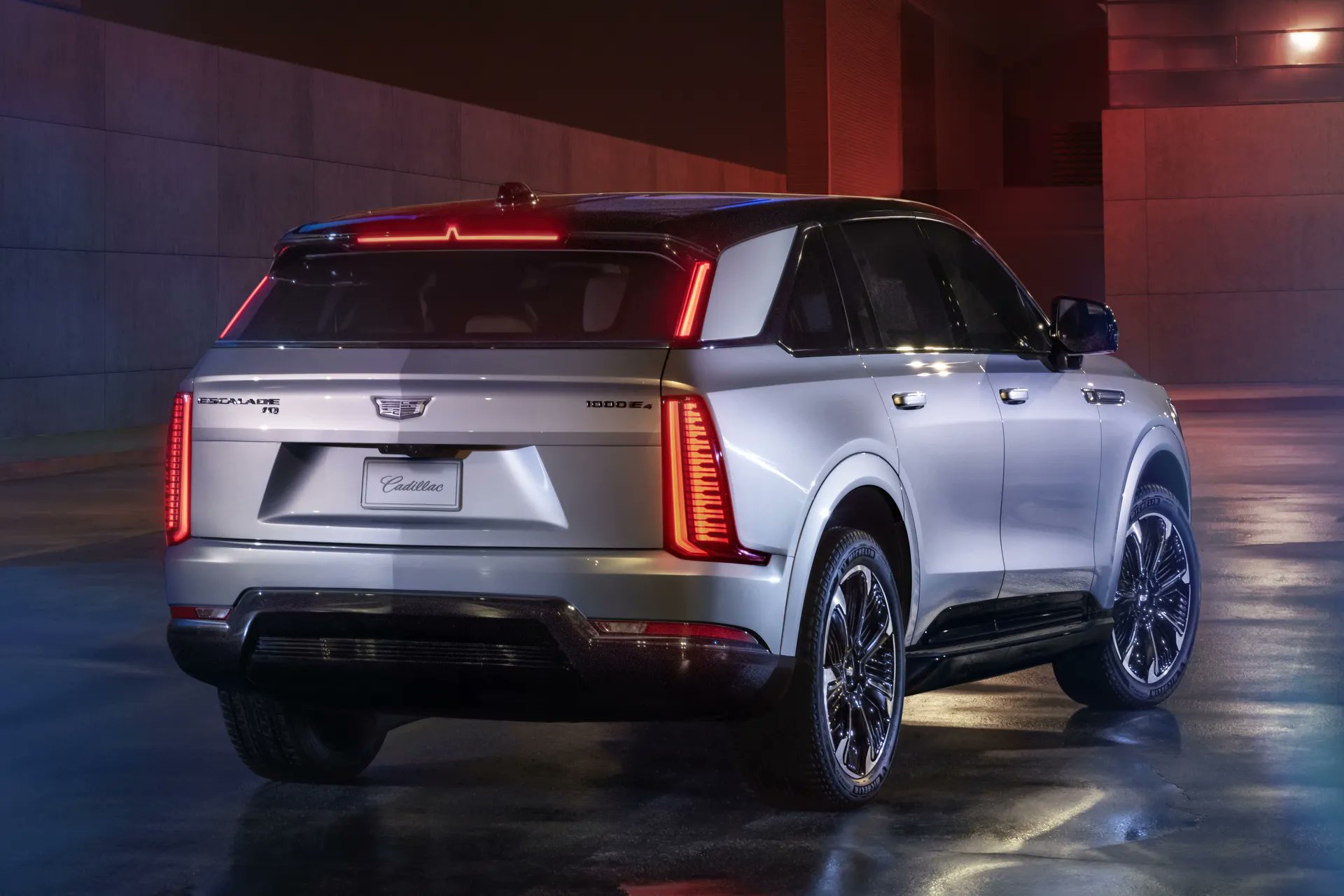
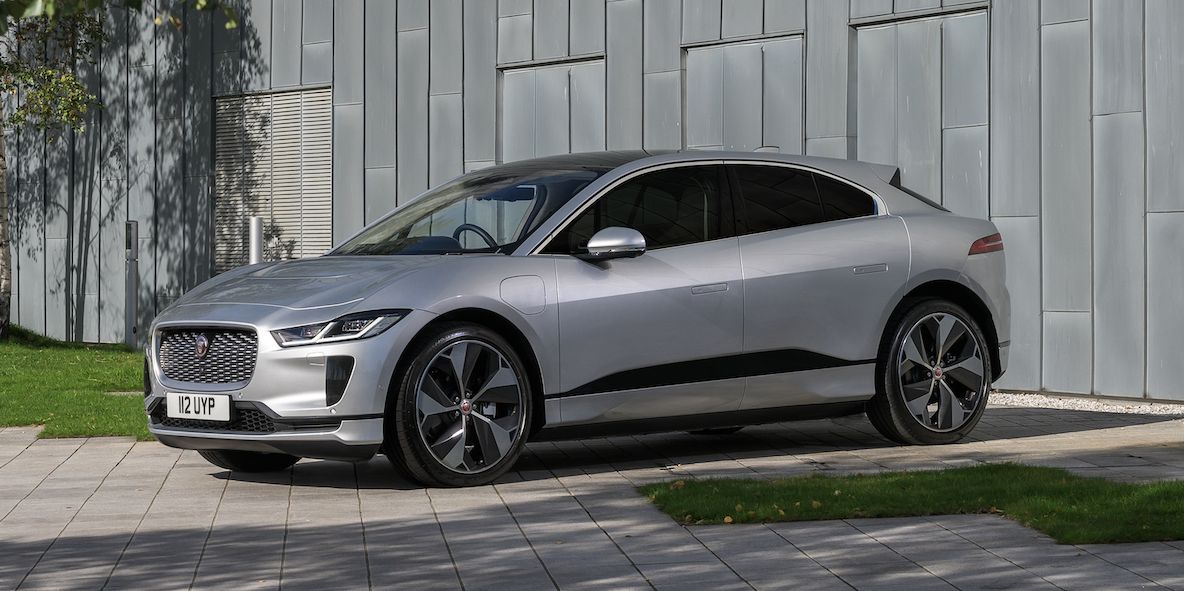
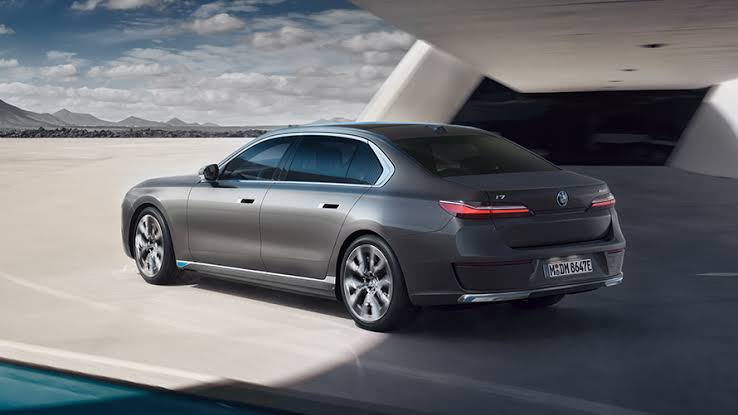
1 Comment